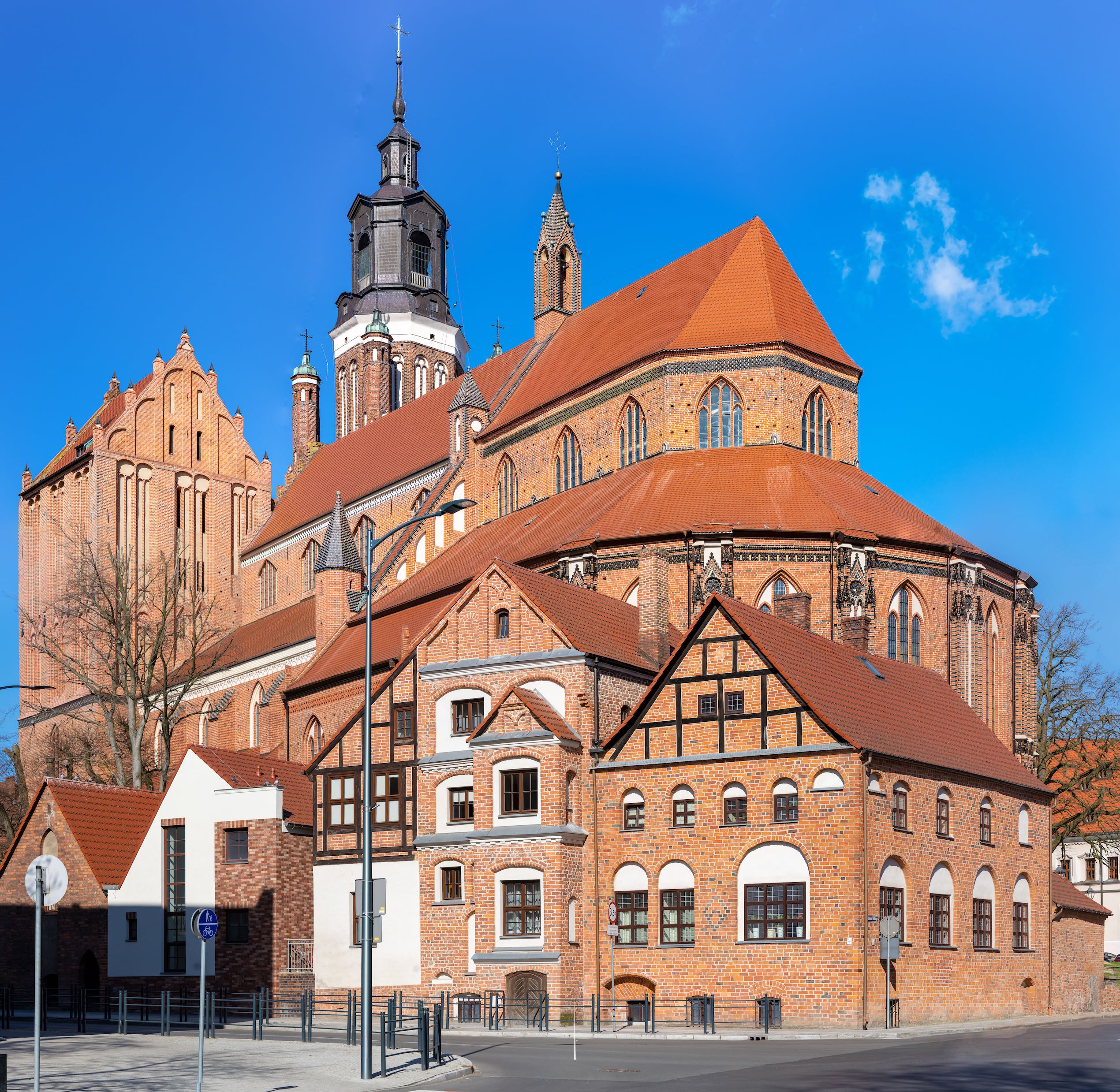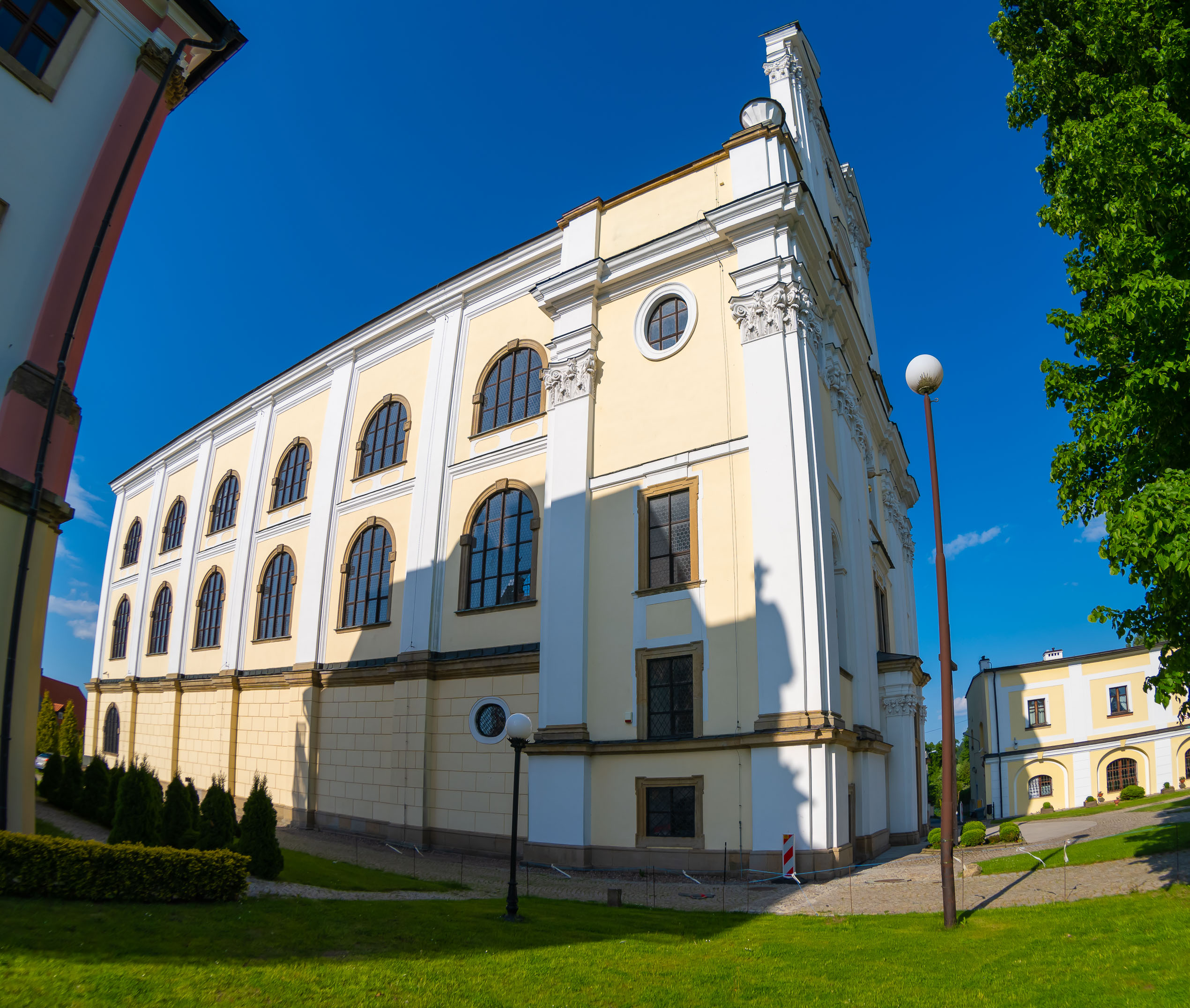St. Mary's Basilica
The Gothic Church of the Assumption of the Blessed Virgin Mary, also known as St. Mary’s Basilica, was erected in the northeastern part of Krakow’s main square, as an east-west oriented building, and thus situated at an oblique angle to the market square. It was built on the foundations of an earlier Romanesque temple, which also explains its asymmetrical orientation, since the first church was built even before the city was founded.
The church eventually took the form of a three-nave basilica with a two-towered western façade, a wide nave body achieved by side aisles and chapels added to the north and south between 1435 and 1446. The short basilican four-bay body, built in 1392-97, passes into an elongated three-bay chancel , closed on five sides.
The church, and especially its chancel, received elaborate architectural decoration: carefully crafted tripartite windows with masonry, floral friezes, richly decorated pinnacles on buttresses, or sculptural consoles with representations of animals and people. The latter, 21 in number, were set up around 1390 near the chancel’s crowning cornice. The walls and vaults in the body and chancel are decorated with polychromy made by Jan Matejko with the participation of Stanislaw Wyspianski and Jozef Mehoffer in 1890-92. A valuable monument is the original Gothic stained glass windows from around 1370, preserved in three windows of the chancel apse. Other stained glass windows date from the late 19th century and were designed by Wyspianski and Mehoffer, among others.
The most important monument of the art-rich St. Mary’s Church is, of course, the magnificent Late Gothic altarpiece, made in 1477-89 by Wit Stwosz, a woodcarver imported from Nuremberg.He created one of the finest masterpieces of Late Gothic sculptural art in Europe.
Photographs
Gigapanoramas
Gigapixels
3D models
)
)
)
)
)
)
)
)
)